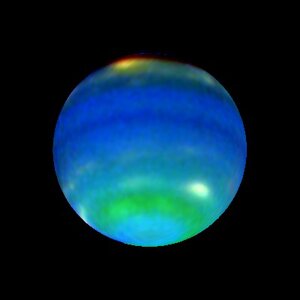4 July
1910: On 4 July 1910, Giovanni Virginio Schiaparelli died.
Schiaparelli was an Italian astronomer who is remembered for his observations of Mars. He named the 'seas' and 'continents' of the Red Planet. In 1877, he saw the markings that he called canali (channels), later misinterpreted as 'canals.'
He made extensive studies, both observational and theoretical, of comets, determining from the shapes of their tails that there was a repulsive force from the Sun. He showed that meteor swarms travel through space in cometary orbits. He explained the regular meteor showers as the result of the dissolution of comets and proved it for the Perseids. He suggested that Mercury and Venus rotate on their axes, discovered the asteroid Hesperia (1861) and was a major observer of double stars.
1868: On 4 July 1868, Henrietta Swan Leavitt was born.
Leavitt was an American astronomer known for her discovery of the relationship between period and luminosity in Cepheid variables - pulsating stars that vary regularly in brightness in periods ranging from a few days to several months.
From her study of 1777 variable stars in the Magellanic Clouds, she determined the periods of 25 Cepheid variables and in 1912 announced what has since become known as the Period-Luminosity relation: variable stars' periods are associated with their actual emission of light, as determined by their mass, density and surface brightness.
The Period-Luminosity relation is used to calculate the distances of galaxies.















 Germany
Germany
 Austria
Austria
 Belgium
Belgium
 Denmark
Denmark
 Spain
Spain
 Estonia
Estonia
 Finland
Finland
 France
France
 Greece
Greece
 Hungary
Hungary
 Ireland
Ireland
 Italy
Italy
 Luxembourg
Luxembourg
 Norway
Norway
 The Netherlands
The Netherlands
 Poland
Poland
 Portugal
Portugal
 Czechia
Czechia
 Romania
Romania
 United Kingdom
United Kingdom
 Slovenia
Slovenia
 Sweden
Sweden
 Switzerland
Switzerland
































